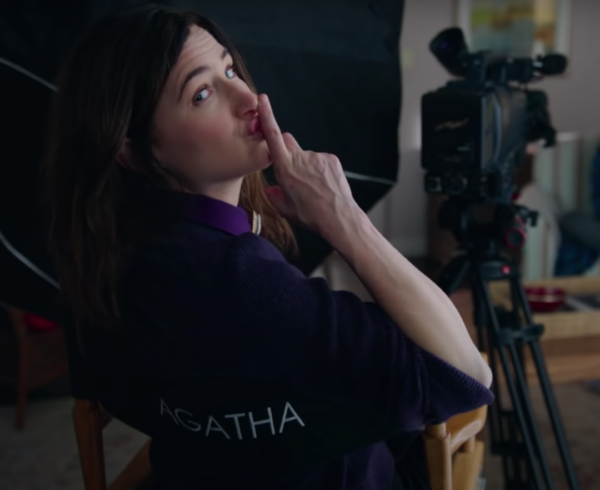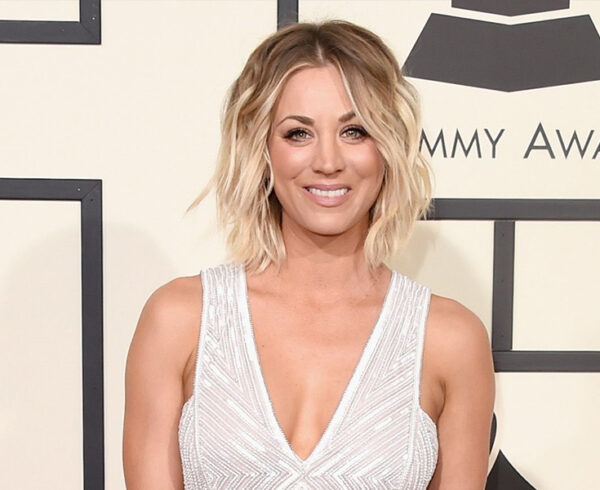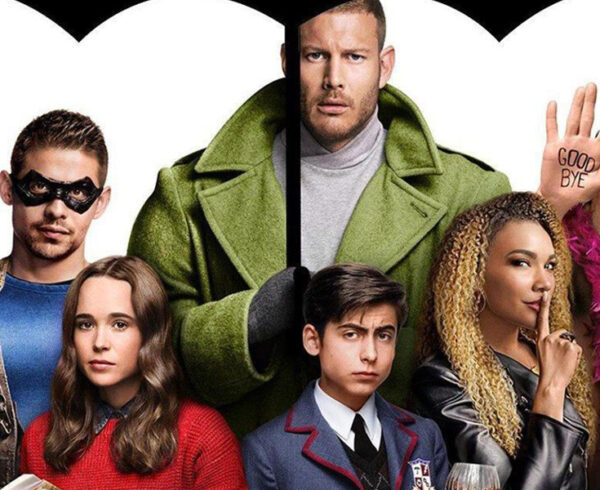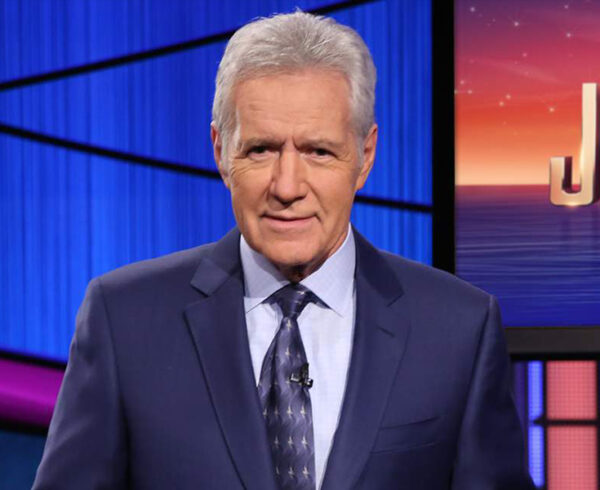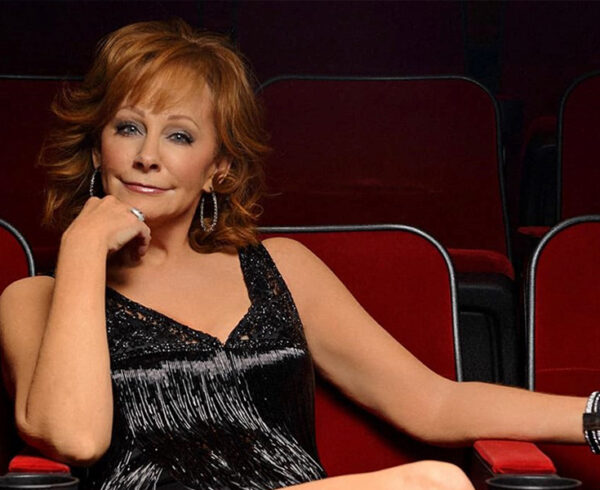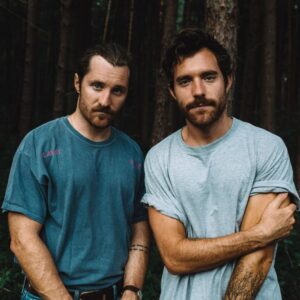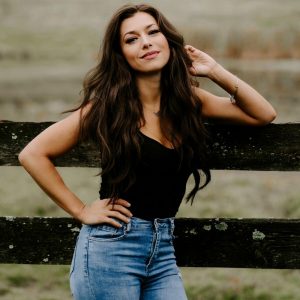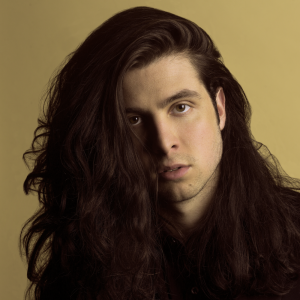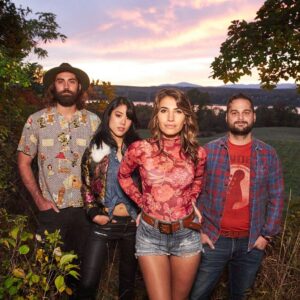 It has been five decades since I listened to fairy tales as a child. Yes, a few years later I worked my way through each of the colors of Andrew Lang’s famous fairy tale collections. But then I pretty much dropped them. Didn’t go to Disney cartoons. Didn’t even take folklore in college. I haven’t had kids to recite such tales at bedtime. So the world of such primally powerful tales lies deep in the past for me. Perhaps that’s all the more reason that I find them beguiling now—at least in the partly updated, syncretistic form that ABC presents them in Once Upon a Time.
It has been five decades since I listened to fairy tales as a child. Yes, a few years later I worked my way through each of the colors of Andrew Lang’s famous fairy tale collections. But then I pretty much dropped them. Didn’t go to Disney cartoons. Didn’t even take folklore in college. I haven’t had kids to recite such tales at bedtime. So the world of such primally powerful tales lies deep in the past for me. Perhaps that’s all the more reason that I find them beguiling now—at least in the partly updated, syncretistic form that ABC presents them in Once Upon a Time.
If you’ve watched the show you know what I mean. If you haven’t, give it a chance. In essence, it imagines that each of the mythical worlds of traditional fairy tales is real, and is linked by magical portals with all of the others — and with contemporary America. The hub, it seems, is a tiny town in Maine called (roll your eyes but keep reading) “Storybrook.” That premise is audacious enough, but the writers aren’t done there. They go further and link in the worlds of recent, classic children’s literature. Get ready for figures from Frank Baum’s Oz, J.M. Barrie’s Neverland, and even the 1950s London of Dodie Smith’s 101 Dalmatians. These characters rub shoulders with Snow White, Robin Hood, and figures from Disney films based on fairy tales by Hans Christian Anderson.
In less skillful hands, this could make for a dismal mishmash, like the worst episodes of the (mostly successful) series Grimm. But the creators and writers of Once Upon a Time mostly manage to make it seamless. And where the joins might seem inevitably awkward — for instance when eighteenth century pirate Captain Hook must confront post-World-War II harridan Cruella de Vil — the writers use self-conscious humor to get us over the bump. Watch a few episodes, and you really won’t blink when a flying monkey appears in New York’s Soho.
It will only occasionally bother you that the Wicked Queen (played fiercely and movingly by the glamourous Lana Perrilla) has a strong New York accent. Yes, sometimes it makes me think of Daphne Zuniga as Druish Princess Vespa in Mel Brooks’ Spaceballs. But most of the time Perrilla pulls it off.
The same acting chops carry Ginnifer Goodwin (Snow White), Josh Dallas (Prince Charming), and Jennifer Morrison, as Emma Swan — the royal couple’s daughter who has to grow up in the modern world as an orphan tossed among foster homes. The actor who really makes the show is veteran Robert Carlyle, as the ever-shifting character Rumplestilskin, who veers left and right across the line between good and evil, wielding immense power unpredictably.
The writers give characters such as the Wicked Queen moving backstories of personal loss and pain. Indeed, virtually all of the admitted “villains” in the story have reasons why they turned evil. We see these in painful flashbacks. (The show constantly intercuts between past and present, one fantasy world and another, the realm of Faerie and the streets of modern American cities.) Likewise, each villain encounters forks in the road where repentance is possible, if difficult. Grace is offered to each.
And every hero faces repeated opportunities to take a wicked path. Whether it’s cutting ethical corners to defeat some villain more quickly, lying to loved ones to avoid facing harsh feelings, or succumbing to violent methods to enact righteous revenge — each hero is tested. Some fall, then get up laboriously and try again. For all that Once Upon a Time trades in stock characters, archetypes, and figures from myth, it maintains moral complexity. Not relativism, however. At the core of Once Upon a Time are humane values and respect for the human person. And also the person of dwarfs, blue fairies, and giants who plant magic beans — then get a bad rap from the “giantkillers” who as the victors wrote the histories.
Give Once Upon a Time a chance, if you haven’t. You can watch it with your kids without you getting bored or them getting ‘too much information.’ About how many shows can we say that nowadays?


